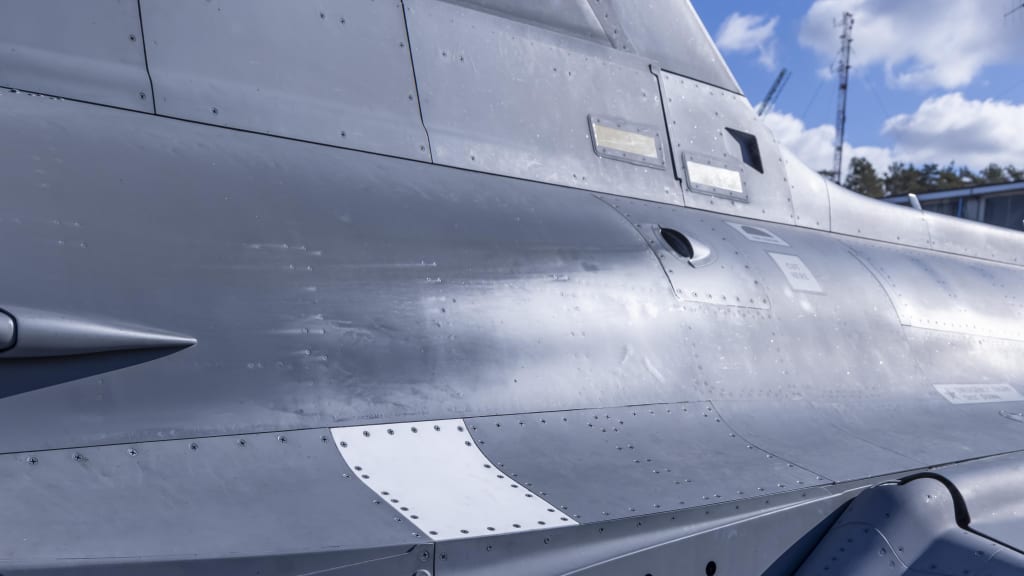
Saab has conducted test flight of an exterior 3D-printed replacement hatch component on Gripen multirole fighter jet at its facilities in Linköping, Sweden.
The trial has been conducted to demonstrate the use of additive manufacturing in battlefield damage repairs.
Saab Gripen C/D contract manager Håkan Stake said: “Post-flight initial inspection of the hatch was very positive and showed no visual structural changes had occurred from the flight.
“The potential of this approach means that maintenance personnel in the field can get access to individually fitted spare parts and you no longer have to resort to emergency fixes nor cannibalise other broken-down aircraft for their parts, while also further reducing the small number of parts brought on a deployment. This also reduces the operational time lost in repairs.”
The 3D-printed replacement hatch was produced using a nylon polymer ‘PA2200’ and customised to suit the jet.
The original hatch of the aircraft did not have a 3D computer model.
How well do you really know your competitors?
Access the most comprehensive Company Profiles on the market, powered by GlobalData. Save hours of research. Gain competitive edge.

Thank you!
Your download email will arrive shortly
Not ready to buy yet? Download a free sample
We are confident about the unique quality of our Company Profiles. However, we want you to make the most beneficial decision for your business, so we offer a free sample that you can download by submitting the below form
By GlobalDataSaab Support and Services business area senior vice-president and head Ellen Molin said: “This test flight of a component with operational impact is an important step as an aircraft, including all its parts, always has to meet the tough requirements of an airworthiness process.
“In terms of increasing operational availability in the field, additive manufacturing will be a game-changer.”
Gripen aircraft, developed by Saab, was first flown in December 1988 and entered operational service with the Swedish Air Force in 1997.
In January, Saab proposed to build a sensor centre under its bid for Canada’s Future Fighter Capability Project (FFCP).



